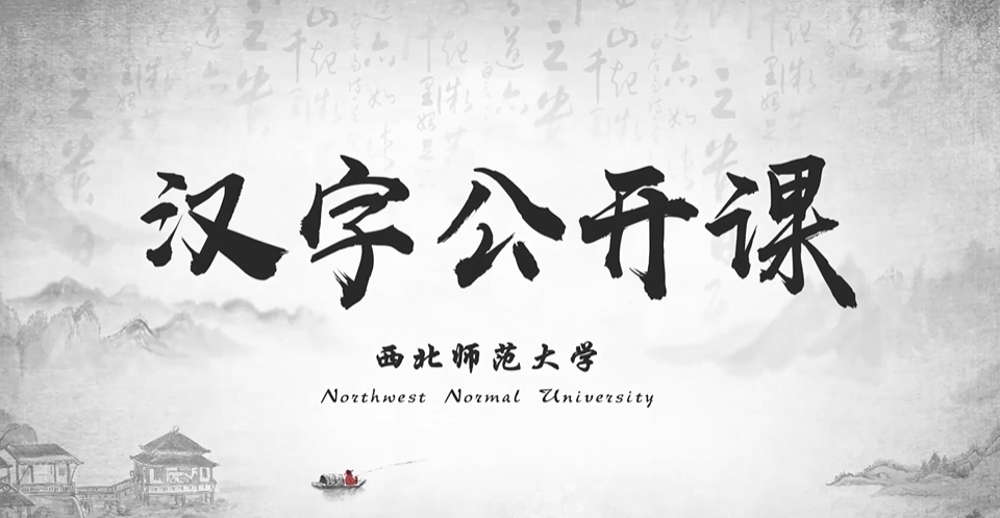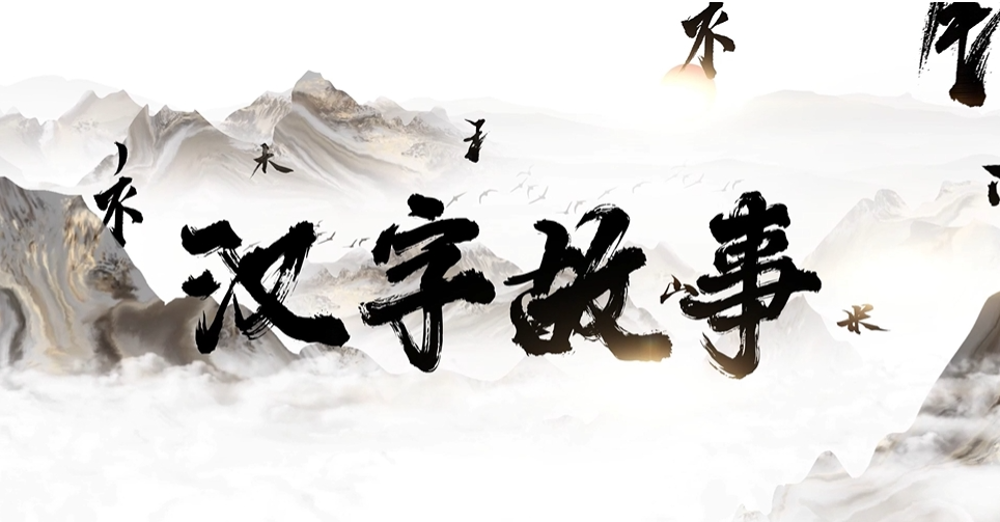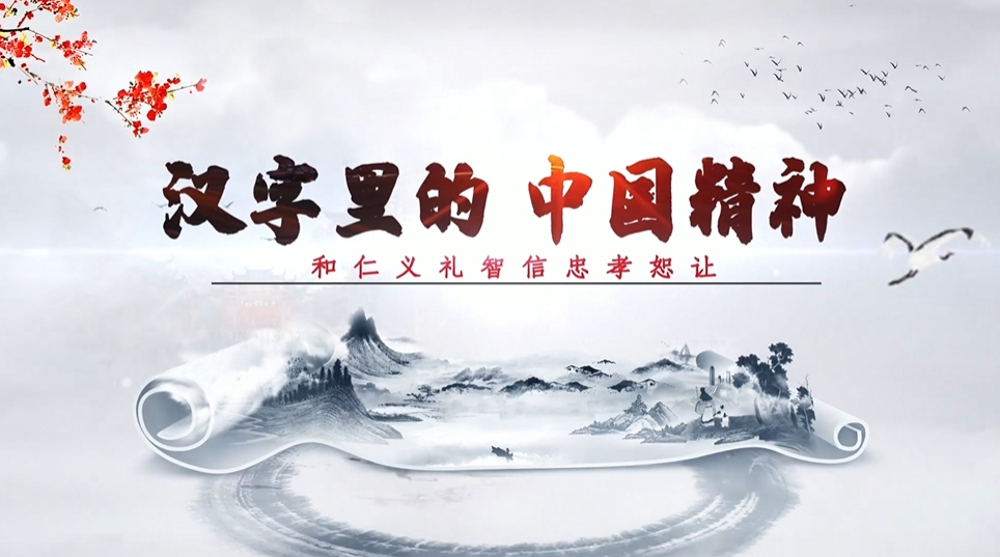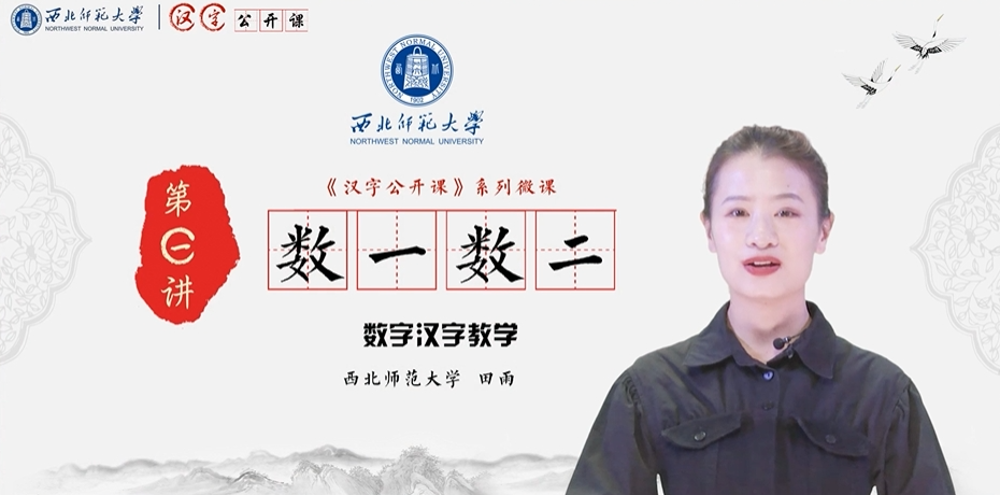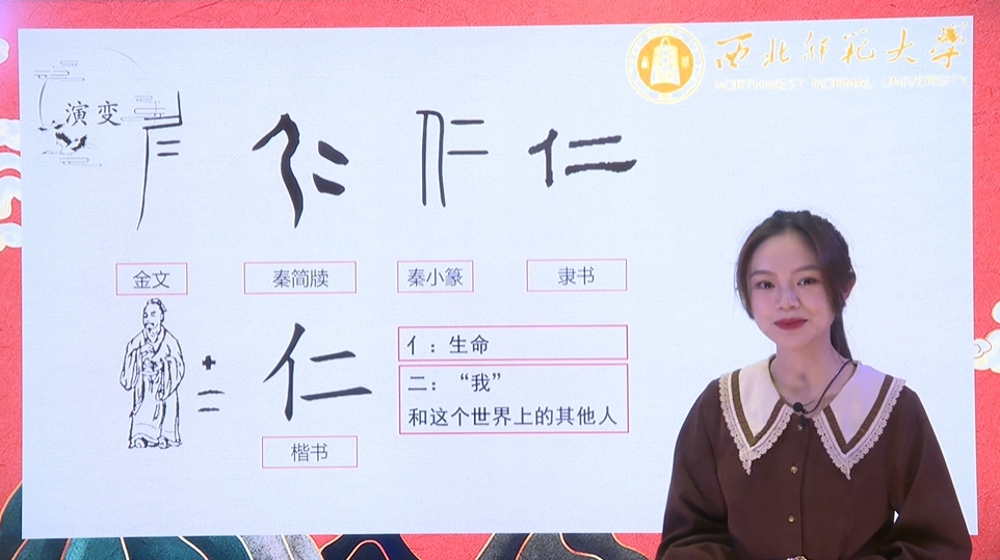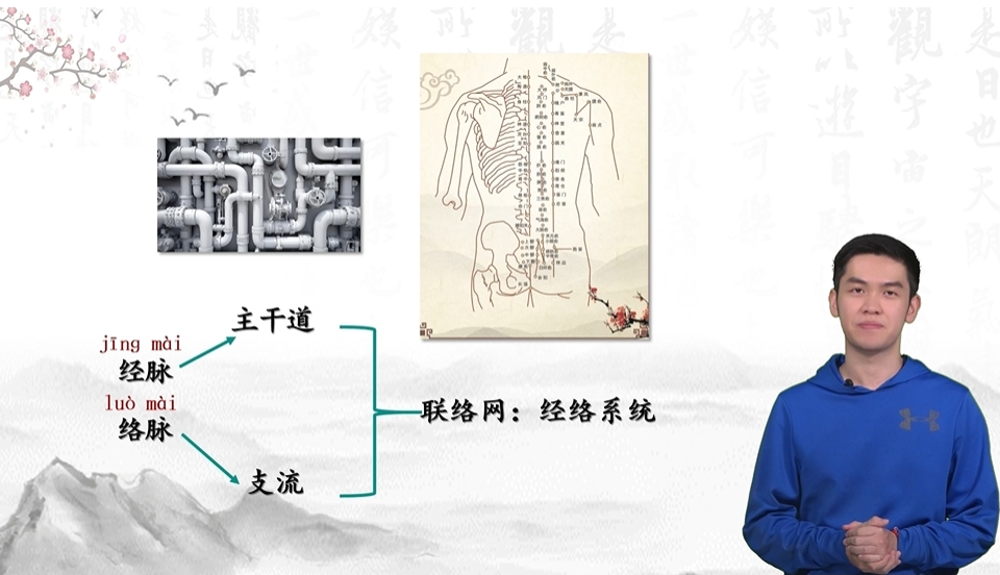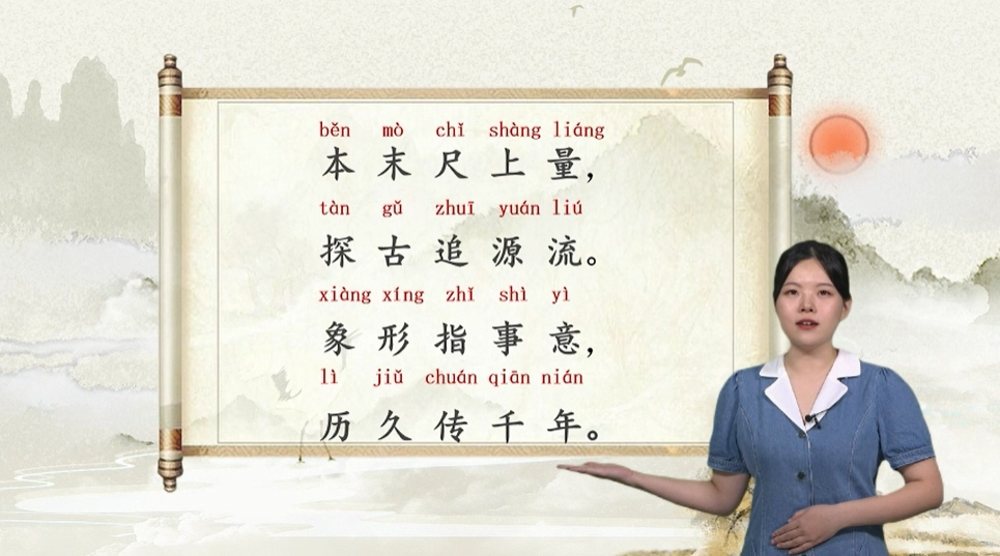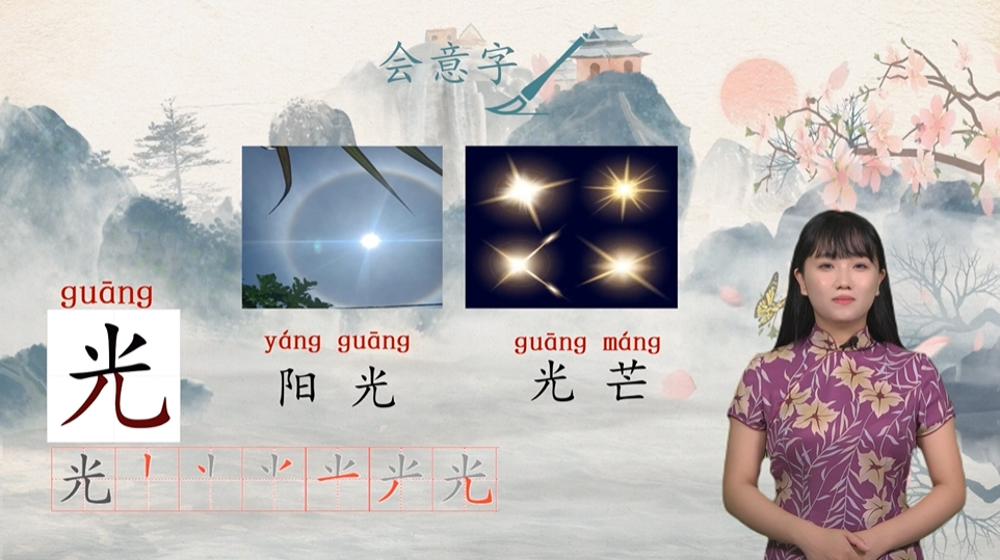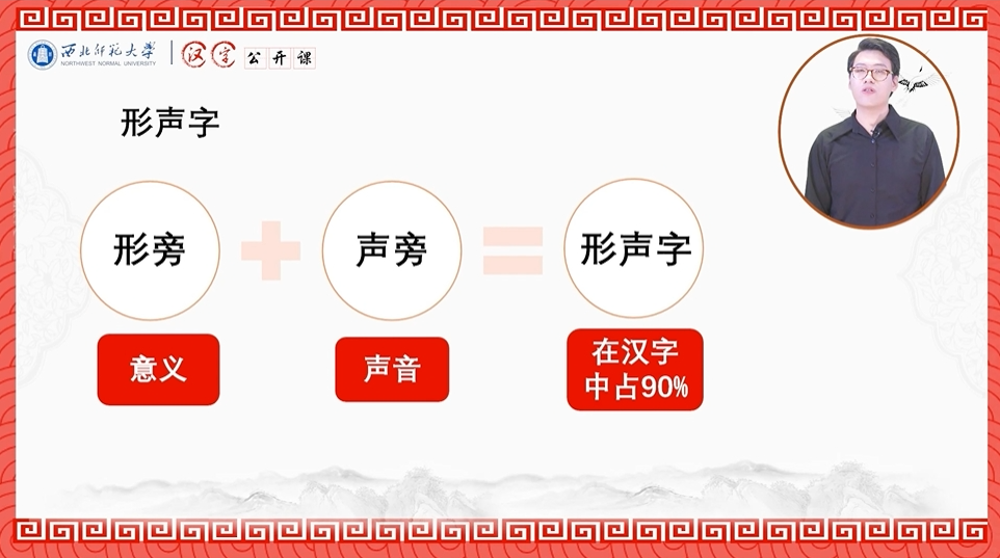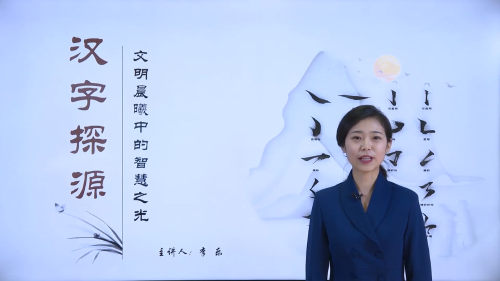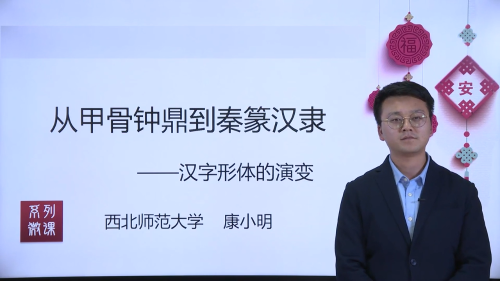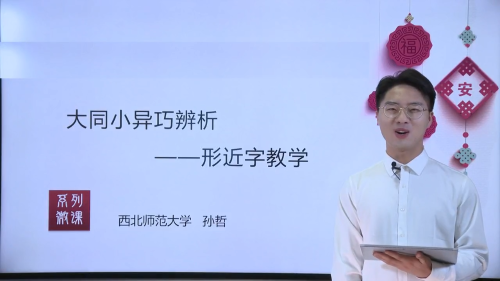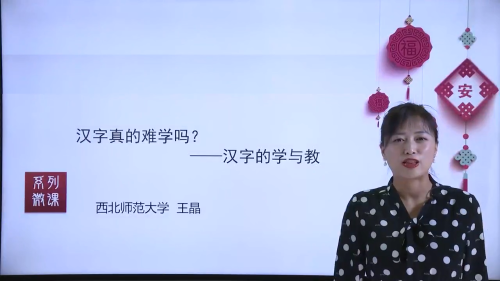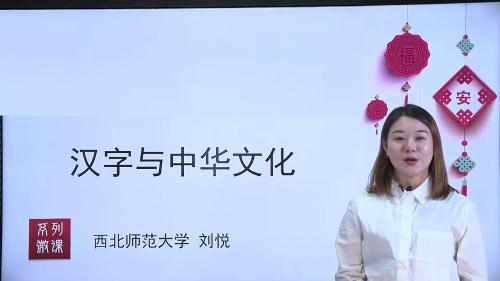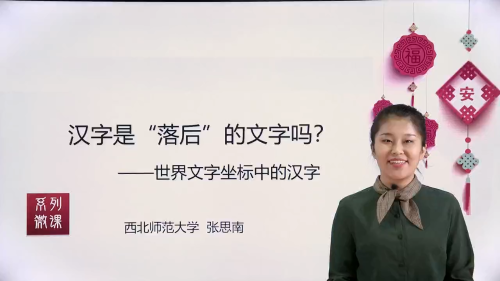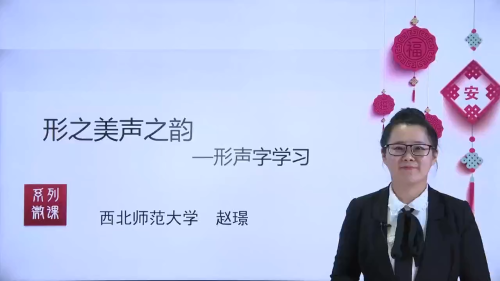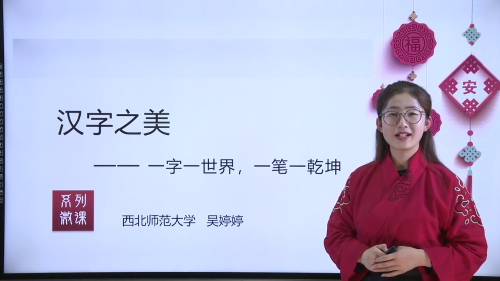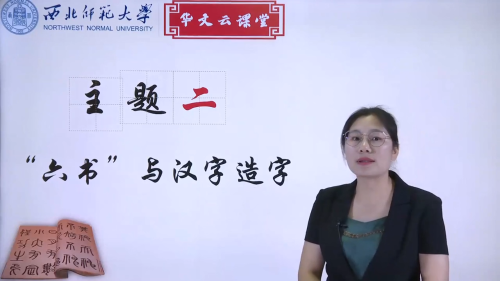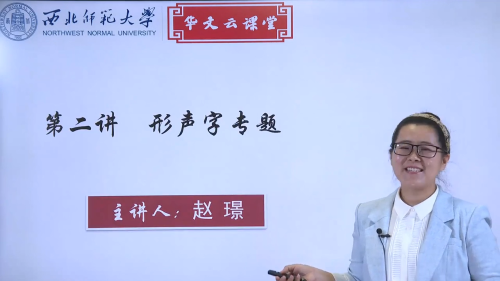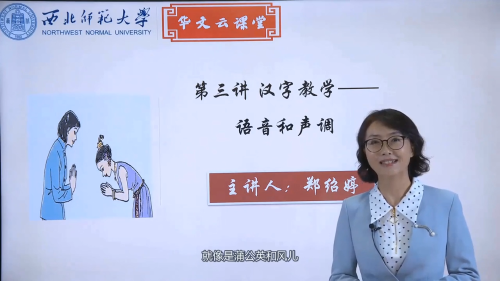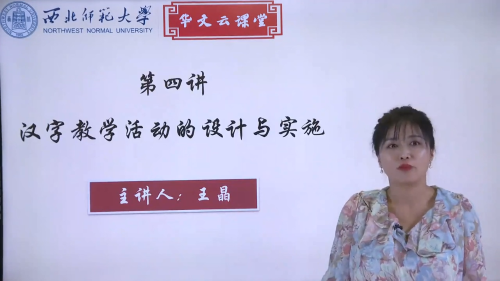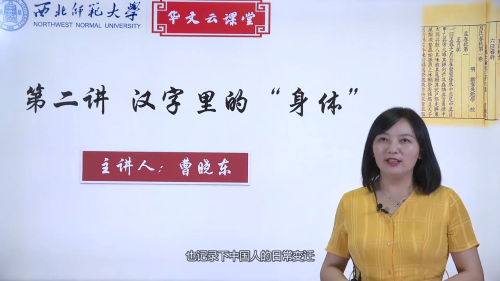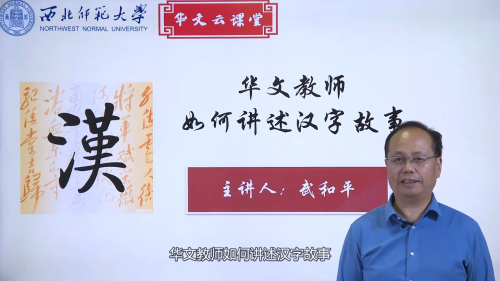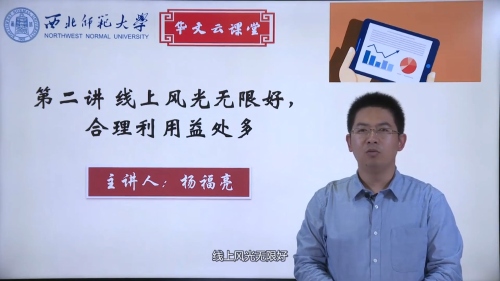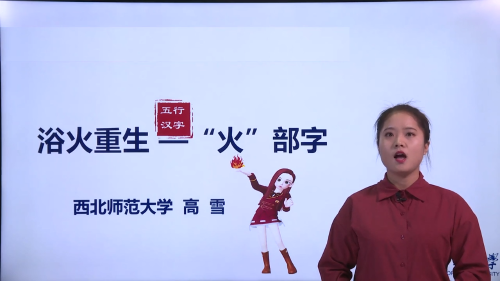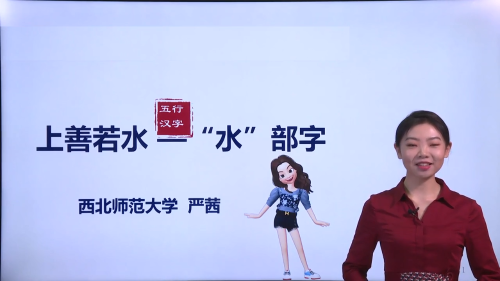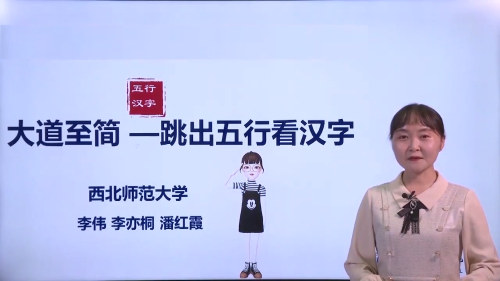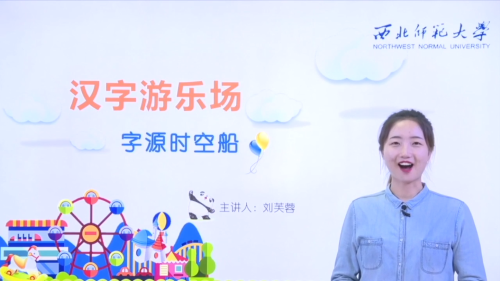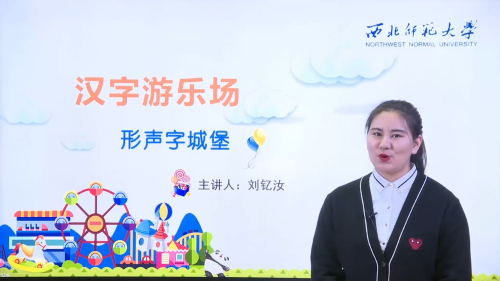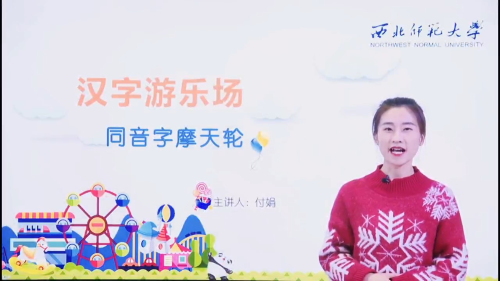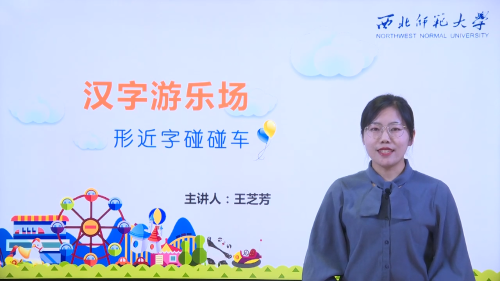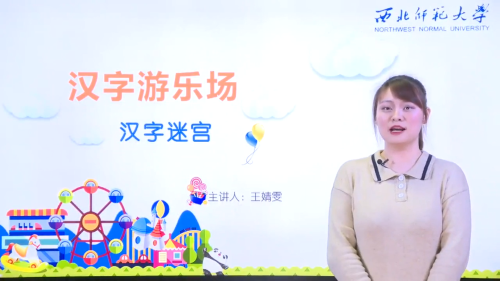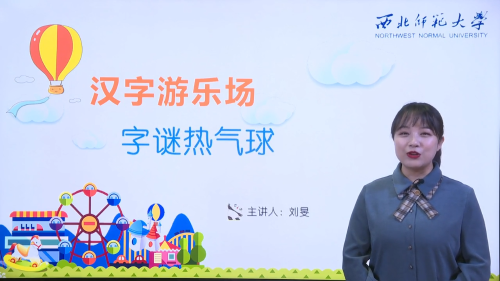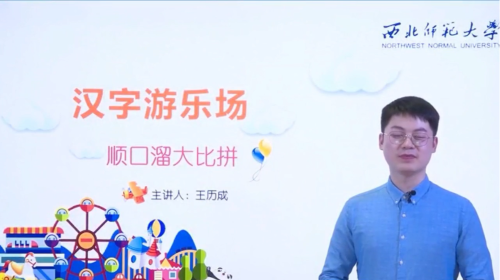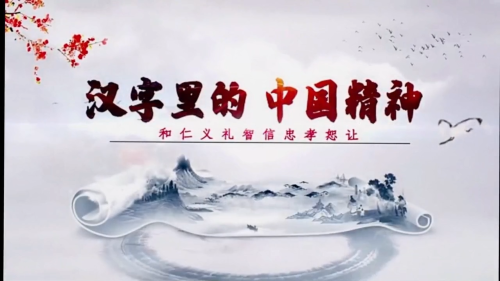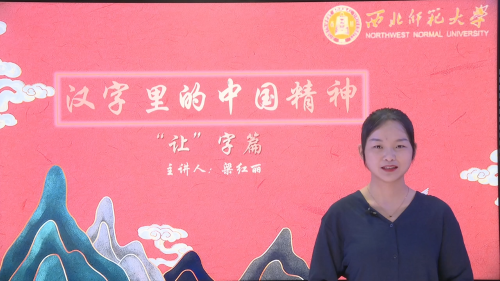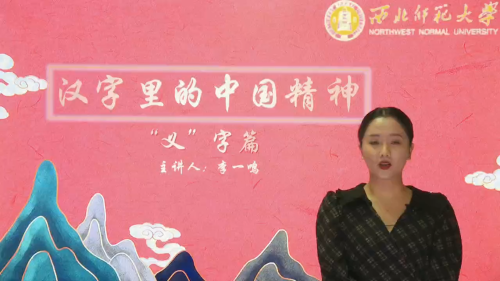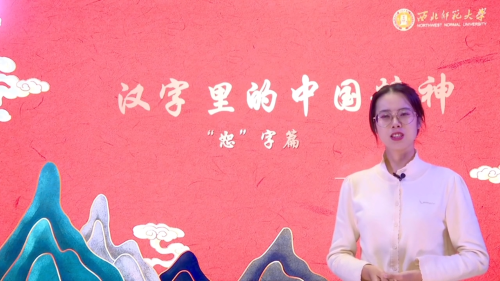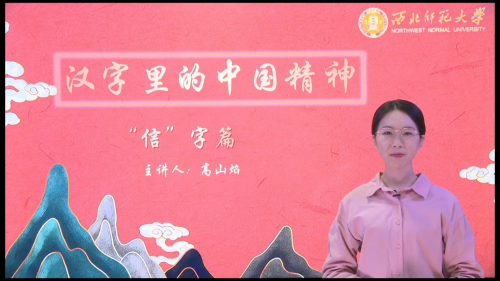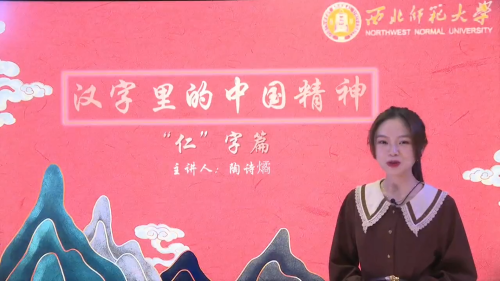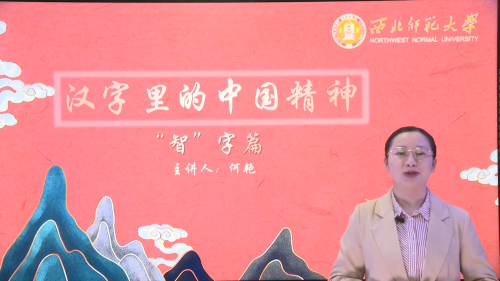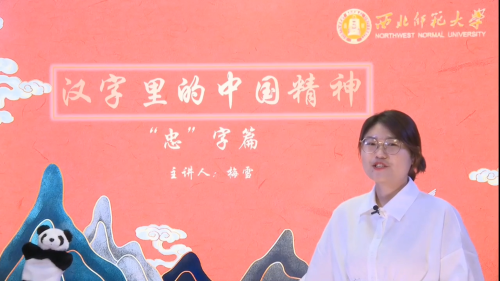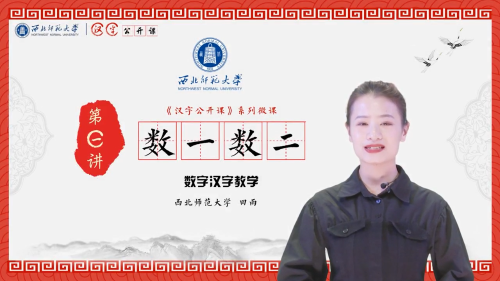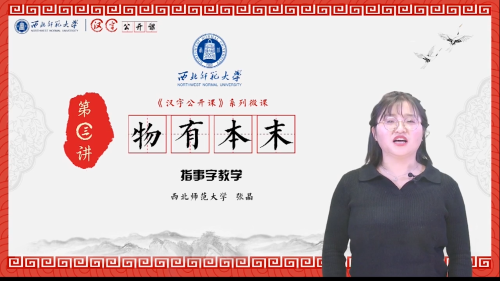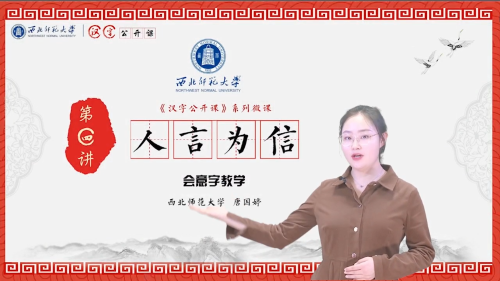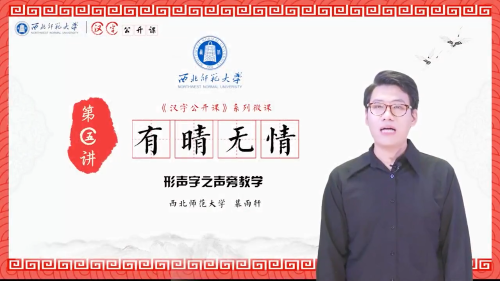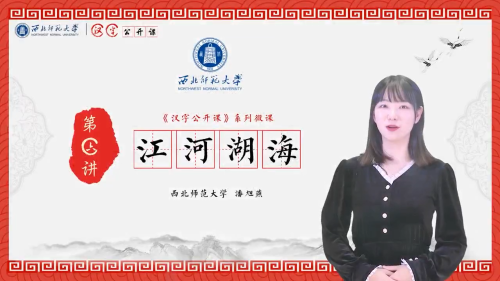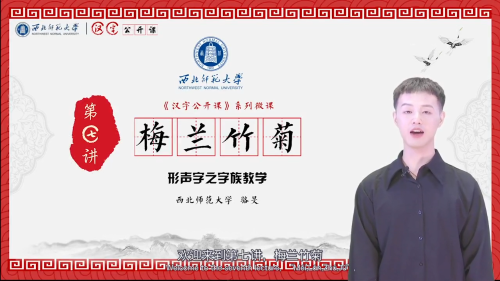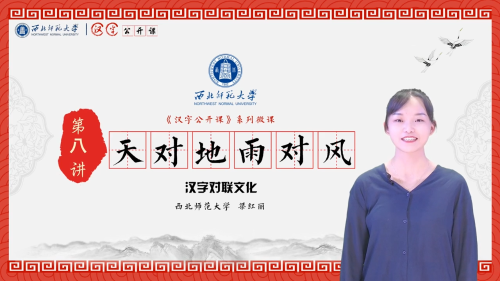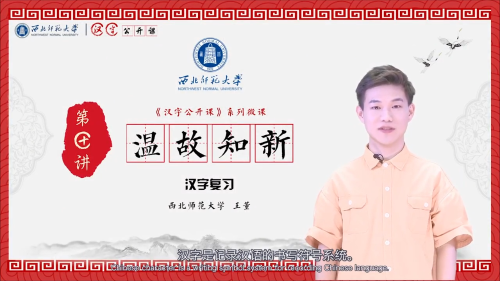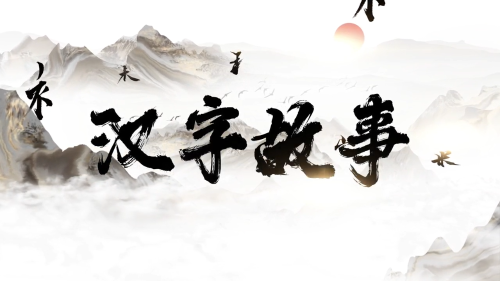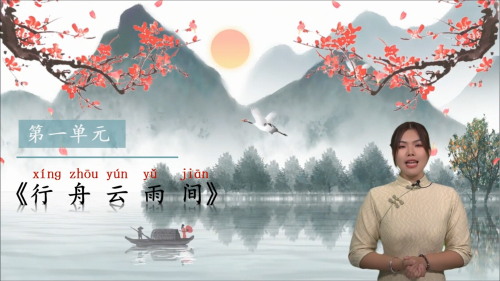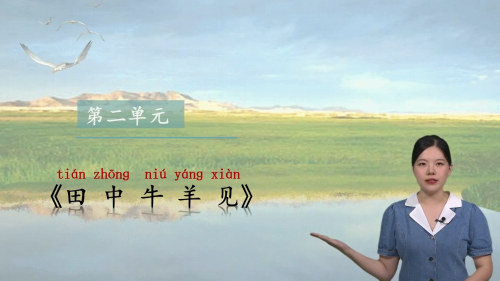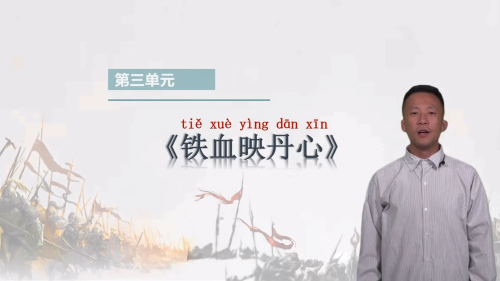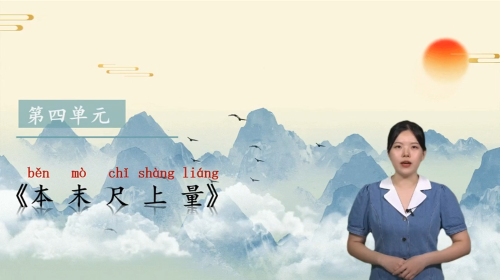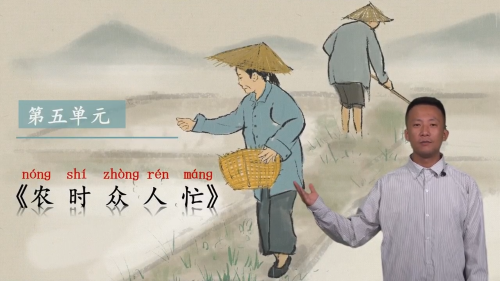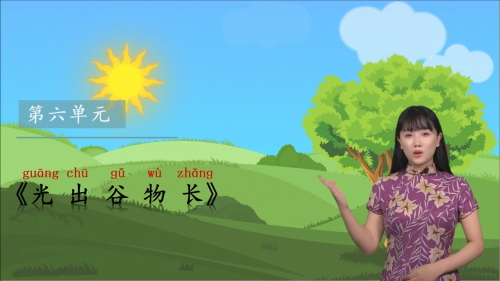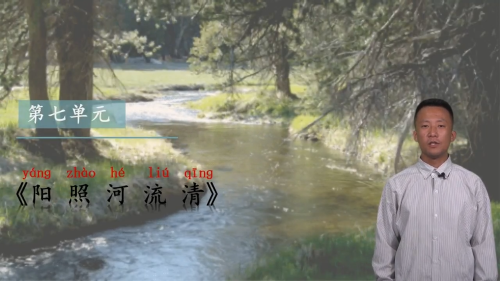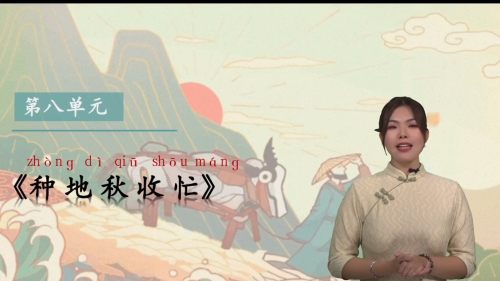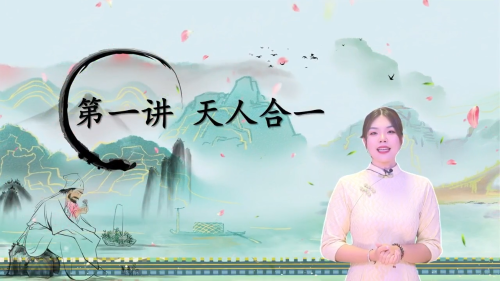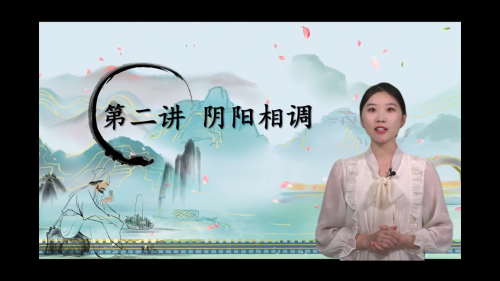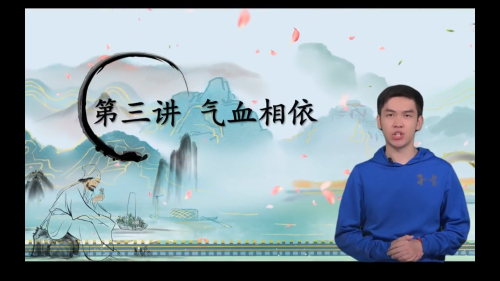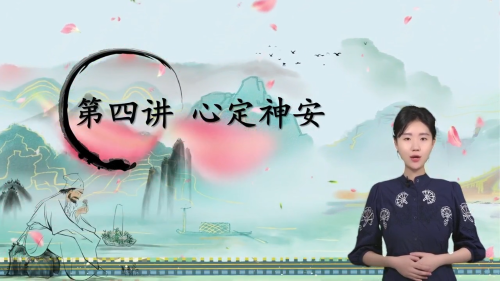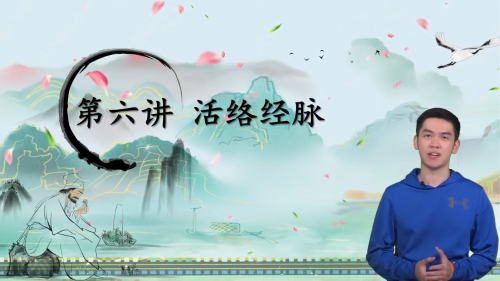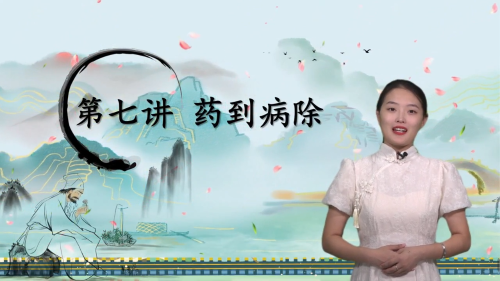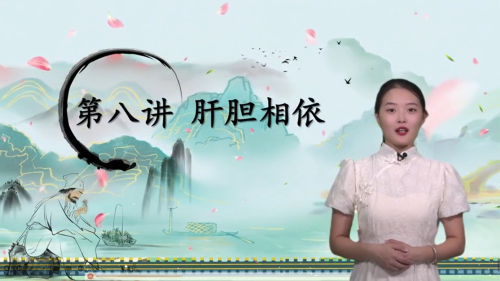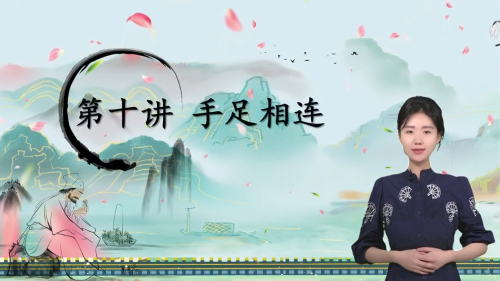导学篇
The "Chinese Cultural Spirit in Chinese Characters" series selects characters that represent
core values of Chinese culture, such as "仁" (benevolence), "义" (righteousness), "礼" (ritual),
"智" (wisdom), "信" (trust), "和" (harmony), "忠" (loyalty), "孝" (filial piety), "恕"
(forgiveness), and "让" (yielding). Through studying these characters, students not only learn
their meanings but also understand the cultural values they embody.
第一讲 让字篇
The "Chinese Cultural Spirit in Chinese Characters" series selects characters that represent
core values of Chinese culture, such as "仁" (benevolence), "义" (righteousness), "礼" (ritual),
"智" (wisdom), "信" (trust), "和" (harmony), "忠" (loyalty), "孝" (filial piety), "恕"
(forgiveness), and "让" (yielding). Through studying these characters, students not only learn
their meanings but also understand the cultural values they embody.
第二讲 义字篇
The "Chinese Cultural Spirit in Chinese Characters" series selects characters that represent
core values of Chinese culture, such as "仁" (benevolence), "义" (righteousness), "礼" (ritual),
"智" (wisdom), "信" (trust), "和" (harmony), "忠" (loyalty), "孝" (filial piety), "恕"
(forgiveness), and "让" (yielding). Through studying these characters, students not only learn
their meanings but also understand the cultural values they embody.
第三讲 恕字篇
The "Chinese Cultural Spirit in Chinese Characters" series selects characters that represent
core values of Chinese culture, such as "仁" (benevolence), "义" (righteousness), "礼" (ritual),
"智" (wisdom), "信" (trust), "和" (harmony), "忠" (loyalty), "孝" (filial piety), "恕"
(forgiveness), and "让" (yielding). Through studying these characters, students not only learn
their meanings but also understand the cultural values they embody.
第四讲 礼字篇
The "Chinese Cultural Spirit in Chinese Characters" series selects characters that represent
core values of Chinese culture, such as "仁" (benevolence), "义" (righteousness), "礼" (ritual),
"智" (wisdom), "信" (trust), "和" (harmony), "忠" (loyalty), "孝" (filial piety), "恕"
(forgiveness), and "让" (yielding). Through studying these characters, students not only learn
their meanings but also understand the cultural values they embody.
第五讲 信字篇
The "Chinese Cultural Spirit in Chinese Characters" series selects characters that represent
core values of Chinese culture, such as "仁" (benevolence), "义" (righteousness), "礼" (ritual),
"智" (wisdom), "信" (trust), "和" (harmony), "忠" (loyalty), "孝" (filial piety), "恕"
(forgiveness), and "让" (yielding). Through studying these characters, students not only learn
their meanings but also understand the cultural values they embody.
第六讲 仁字篇
The "Chinese Cultural Spirit in Chinese Characters" series selects characters that represent
core values of Chinese culture, such as "仁" (benevolence), "义" (righteousness), "礼" (ritual),
"智" (wisdom), "信" (trust), "和" (harmony), "忠" (loyalty), "孝" (filial piety), "恕"
(forgiveness), and "让" (yielding). Through studying these characters, students not only learn
their meanings but also understand the cultural values they embody.
第七讲 和字篇
The "Chinese Cultural Spirit in Chinese Characters" series selects characters that represent
core values of Chinese culture, such as "仁" (benevolence), "义" (righteousness), "礼" (ritual),
"智" (wisdom), "信" (trust), "和" (harmony), "忠" (loyalty), "孝" (filial piety), "恕"
(forgiveness), and "让" (yielding). Through studying these characters, students not only learn
their meanings but also understand the cultural values they embody.
第八讲 孝字篇
The "Chinese Cultural Spirit in Chinese Characters" series selects characters that represent
core values of Chinese culture, such as "仁" (benevolence), "义" (righteousness), "礼" (ritual),
"智" (wisdom), "信" (trust), "和" (harmony), "忠" (loyalty), "孝" (filial piety), "恕"
(forgiveness), and "让" (yielding). Through studying these characters, students not only learn
their meanings but also understand the cultural values they embody.
第九讲 智篇
The "Chinese Cultural Spirit in Chinese Characters" series selects characters that represent
core values of Chinese culture, such as "仁" (benevolence), "义" (righteousness), "礼" (ritual),
"智" (wisdom), "信" (trust), "和" (harmony), "忠" (loyalty), "孝" (filial piety), "恕"
(forgiveness), and "让" (yielding). Through studying these characters, students not only learn
their meanings but also understand the cultural values they embody.
第十讲 忠篇
The "Chinese Cultural Spirit in Chinese Characters" series selects characters that represent
core values of Chinese culture, such as "仁" (benevolence), "义" (righteousness), "礼" (ritual),
"智" (wisdom), "信" (trust), "和" (harmony), "忠" (loyalty), "孝" (filial piety), "恕"
(forgiveness), and "让" (yielding). Through studying these characters, students not only learn
their meanings but also understand the cultural values they embody.

